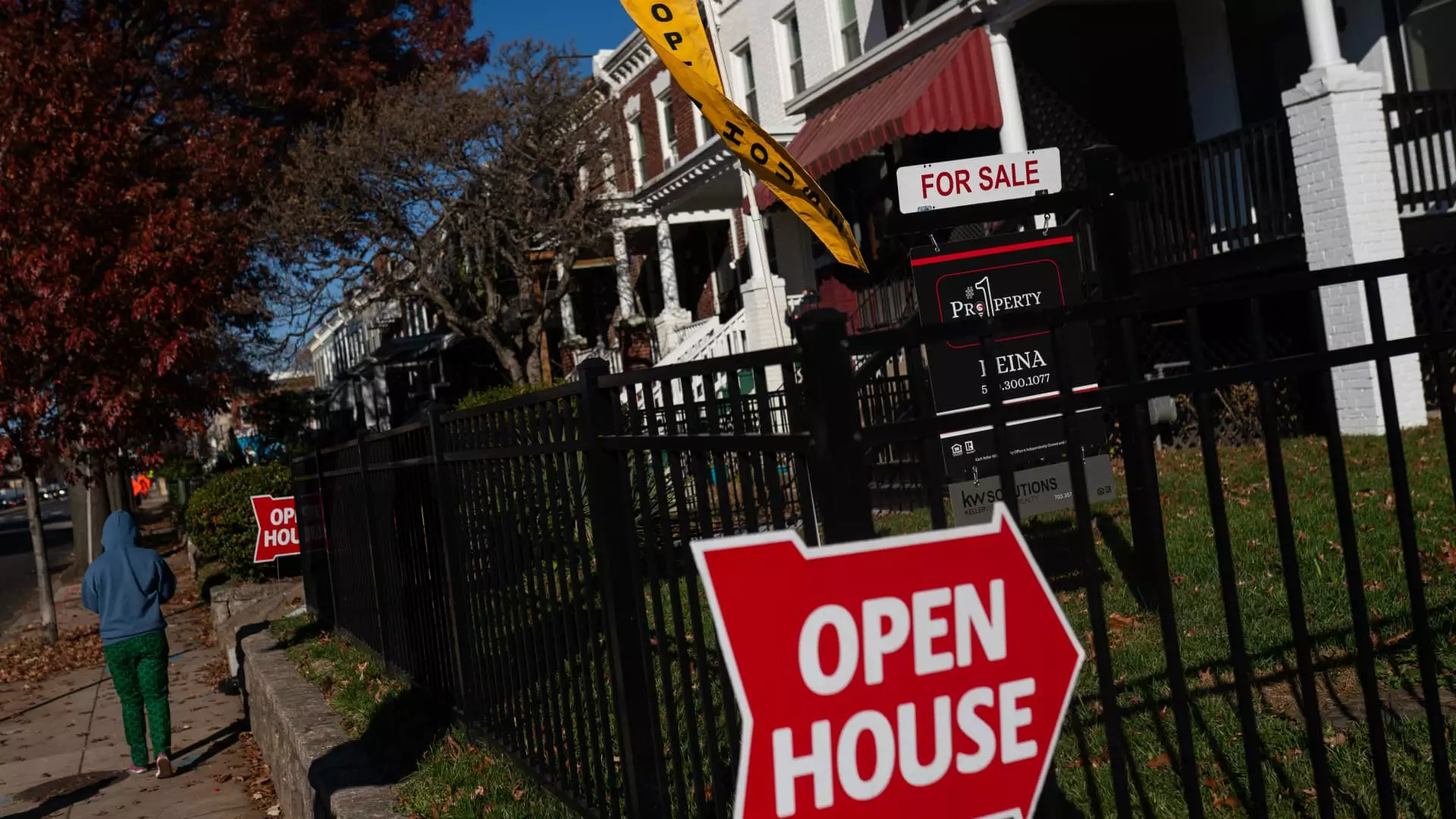Wes Moore, the Governor of Maryland, had a childhood marked by struggle and sacrifice that shaped his views on opportunity, particularly in terms of housing. At the tender age of 8, his mother believed military school was a panacea for his behavioral issues. This drastic decision, driven by desperation rather than choice, underscores the emotional toll that barriers can place on families seeking stability. By his own admission, Moore detested the military school environment, running away five times in just four days; nevertheless, he credits this experience as pivotal in transforming his life. It is an ironic twist of fate that such an unorthodox path helped him recognize the intrinsic value of security—a theme that has profound implications for the broader conversation surrounding housing today.
Moore’s narrative is compounded by the sacrifices of his grandparents, who mortgaged their hard-earned home to fund his education. This poignant example highlights not just the personal dimensions of housing as a vital asset, but the generational struggle for a better life. Moore encapsulates this struggle when he discusses the notion of homeownership not merely as shelter but as an investment—a security blanket in times of crisis. Yet, while his story inspires, it casts a shadow over the contemporary realities many young Marylanders face, particularly in a fiscal landscape riddled with rising costs.
Complexity of Homeownership in 2024
The statistics are disheartening. In 2024, a staggering 30% of young Marylanders are contemplating leaving the state solely due to skyrocketing housing costs. This reflects a broader malaise affecting millennials and Gen-Zers across the United States. Housing expenses have surged dramatically, creating an environment in which first-time buyers feel disproportionately crushed under the weight of escalating prices and mounting interest rates. The Joint Center for Housing Studies of Harvard University recently revealed that the number of cost-burdened renters—those who expend more than 30% of their income on rent—hit an all-time high in 2022. While houses historically served as a bank for families, enabling future generations to inherit wealth, today’s reality is starkly different.
Homeownership for those aged 35 to 44 has significantly diminished, plummeting more than 10% since the 1980s. This is not merely an economic failure; it’s a societal one that reflects deeper issues of inequality and systemic barriers. The widening chasm between income and housing costs has left younger generations feeling disillusioned. They’re increasingly aware that their parents’ and grandparents’ pathways to homeownership were markedly less impeded. Historical data supports this sentiment: median home prices have outpaced median household incomes at a jarring rate.
Widening Racial and Economic Disparities
A critical dimension in the narrative of homeownership revolves around racial and economic inequalities in access to housing. Current data illustrates a stark racial divide, with the Black homeownership rate languishing at just 44.7%, in stark contrast to the white homeownership rate of 72.4%. These figures aren’t just numbers; they symbolize the stranglehold of systemic racism and the lingering effects of discriminatory practices like redlining.
Moreover, foundational societal elements, such as education and marital status, perpetuate the homeownership gap. Lower-income individuals are forced to navigate a labyrinth of obstacles that are often invisible to wealthier populations, making the dream of homeownership slip further from their grasp. The harsh reality is that socio-economic status has become synonymous with opportunity in America, limiting the capacity of marginalized communities to attain wealth through property.
Potential Solutions for a Housing Crisis
If we collectively acknowledge that housing is more than a mere commodity, we can effect meaningful change. Policymakers must prioritize educational opportunities tailored for low-income households, coupled with down payment assistance programs that can breathe life into the dream of homeownership. Reducing zoning restrictions and cutting through red tape for housing development can yield more affordable units, essential for a population increasingly priced out of the market.
Wes Moore’s story—the bridging of barriers through sacrifice and resilience—serves as a poignant reminder that while personal determination can catalyze change, systemic reforms are essential for broad-based success. The conversation must evolve from individual narratives to collective action, addressing the broader socio-economic policies that hold back so many. In doing so, we might begin to envision a future where homeownership is not an exclusive privilege but a realistic aspiration for all citizens, particularly those who dare to dream.

